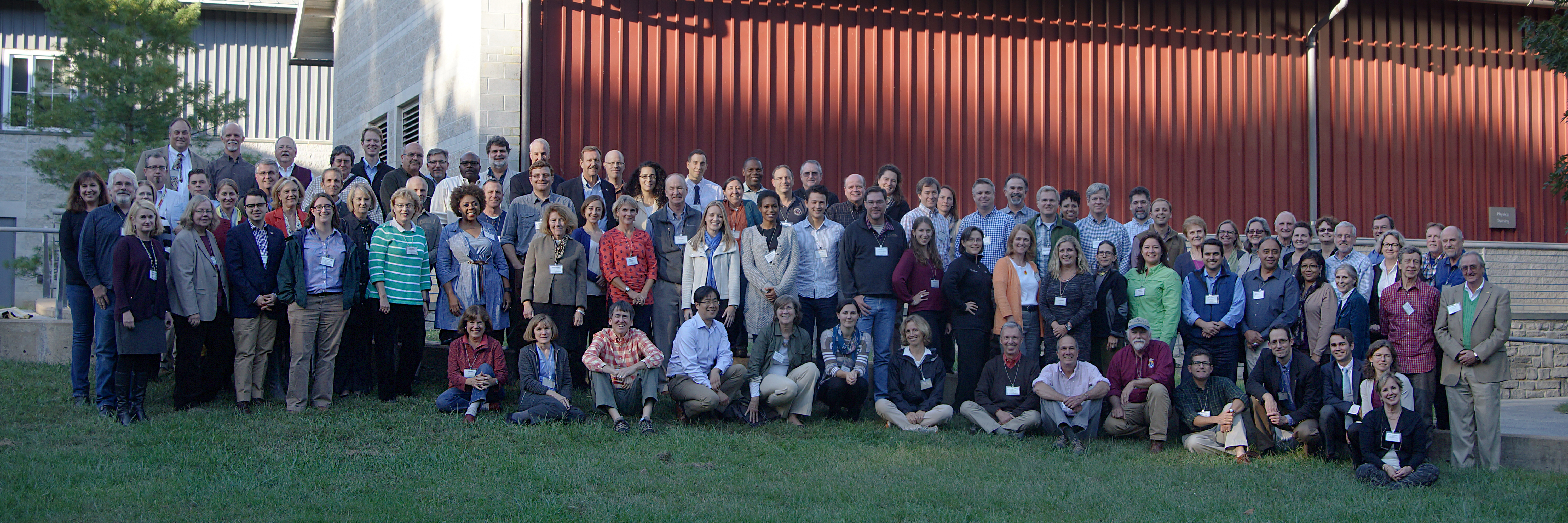For the last five years, non-profits, American Indian tribes, land trusts and federal and state agencies engaged in land conservation throughout the Chesapeake watershed have come together at the Chesapeake Conservation Partnership’s annual meeting. In the largest gathering to date, nearly 120 people convened at the National Conservation Training Center on October 5-6, 2015, for the sixth annual meeting. The spirit of the event—Growing the Partnership, Growing Our Impact—was reflected both in the increased attendance and the conversations around increasing diversity and inclusion.
New and returning attendees were invited to an overview of the history of the Conservation Partnership and information on the broader large landscape conservation movement. The Conservation Partnership’s co-conveners are Joel Dunn, President and CEO of the Chesapeake Conservancy, and Chuck Hunt, Superintendent of the National Park Service Chesapeake Bay. They addressed the growth of the Conservation Partnership over the previous year and recent progress of conservation in the Chesapeake region. Speakers were invited to share their successes and new projects in fast-paced presentations, highlighting the tremendous collective impact of the group over the previous year.
Updates included:
- The submission of the fiscal year 2017 Rivers of the Chesapeake Land and Water Conservation Fund collaborative proposal, which requests funding for over 28,000 acres in conservation opportunities across three years.
- The US Forest Service and partners successful acquired the historic Campbell Tract in George Washington National Forest.
- The launch of the Virginia Treasures initiative, which seeks to protect 1,000 natural, cultural, and recreational treasures by the end of Governor Terry McAuliffe’s term.
- Otsego Land Trust passing the 10,000 acres protected landmark this summer by protecting land in four counties around the Chesapeake Headwaters; an important accomplishment for a small, rapidly growing land trust.
Other features included a session on impacts from linear infrastructure projects like roads and power lines, a discussion on strategies to engage with diverse audiences and breakout sessions on key conservation focus areas. The meeting set the stage for action in the coming year, including continuing progress toward achieving the protected lands outcome of the 2014 Chesapeake Bay Watershed Agreement.

